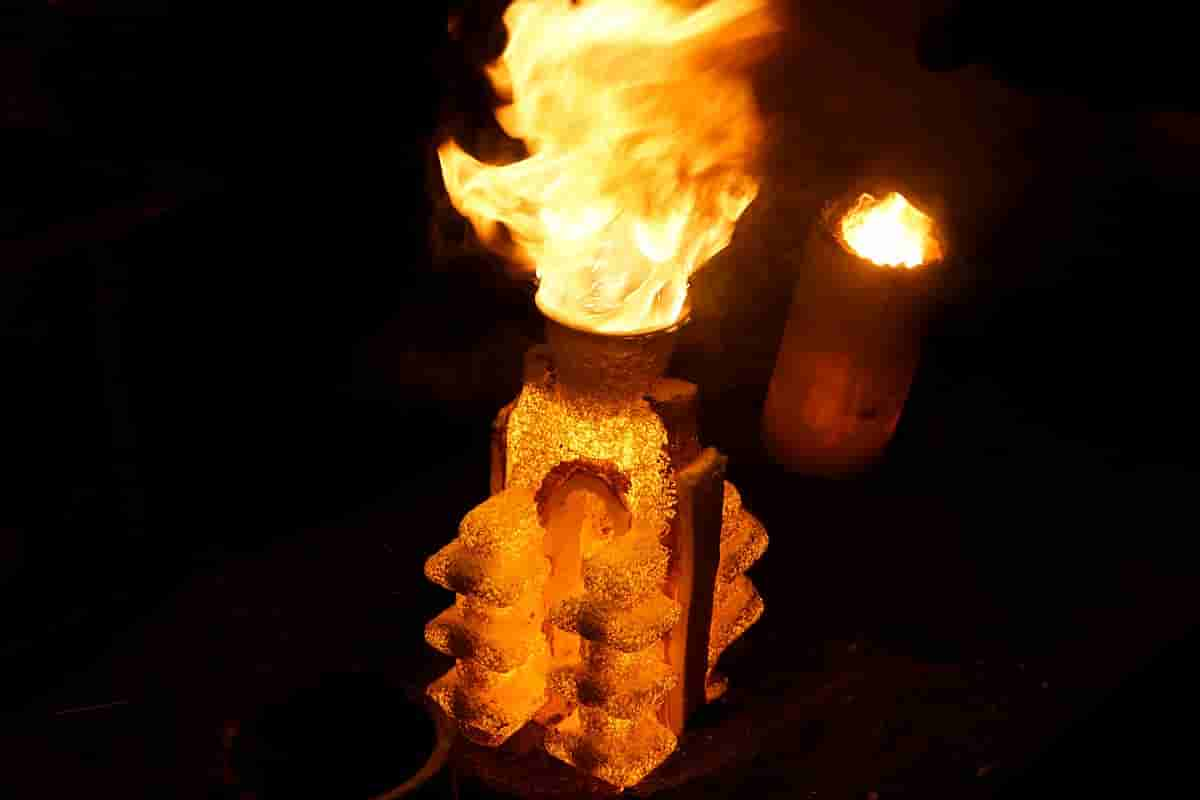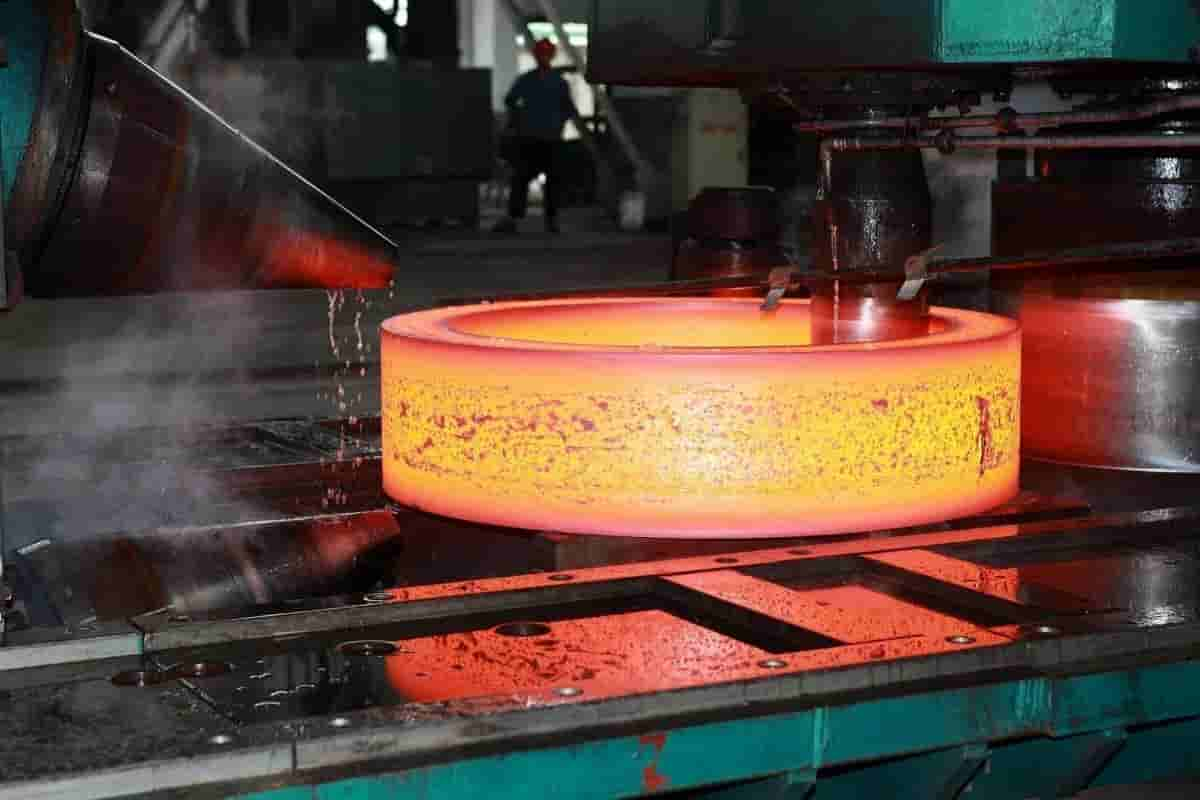In this article, we will discuss the process of iron production as well as iron types and stages of production.
The Methods of Iron Production in Different Countries
Do you know how iron is made, or how this metal is extracted from minerals? What are the processes and stages of ferrous metal production, what tools, equipment, and machines are used, and finally, when we buy it in the market as a piece of metal, what are its characteristics? Get answers to all these questions with berjisironco and be sure to read the other articles if you’re interested in the field of iron.
Iron ore mining and production are one of the most important industrial processes on earth. Iron is used to produce steel, which is very important in the construction of transport vehicles and in the construction of large buildings.
If we cannot extract iron metal from iron ore, modern society will not develop. Today, iron is used in automobile manufacturing and many large industries.

The iron-making process in steel plants usually has the following two ways:
Converter or so-called blast furnace
Electric furnace or so-called direct regeneration
For this purpose, large and reliable factories such as the Isfahan Ironworks use blast furnaces. In addition, Ahvaz and Mobarakeh steel mills have also adopted the direct recycling method.
n this article, you can get a complete understanding of the iron production process. Reading this article can increase your general knowledge and provide you with useful information.
How is iron produced?
The factory produces molten iron, which is then converted into alloy steel products through the ironmaking process. The diagram below shows how steel mills produce steel ingots from raw materials such as iron ore and coal ore. White iron is one of the products produced during the iron extraction process.
Ironworks usually have excellent transmission lines. Because it constantly needs a lot of fuel and raw materials. These factories are usually located near beaches, roads, and rail lines. They are also usually far away from cities. Because it can cause a lot of noise and pollution.
Steel plants are very complex systems consisting of various types of machines and huge buildings.
Iron is usually extracted from hematite-containing iron oxide. (Read more about iron oxide applications) The ore must be refined before being placed in a blast or electric furnace.
This is because blast furnaces are designed to burn small pieces of ore that are pressed together. Hematite is processed through mineral processing or ore processing processes.

Stages of Iron Production
The first step, crushing:
How iron is made, to do this, complete the following steps in order. The first step is grinding. Where large chunks of ore are broken into smaller pieces.
The second step is to remove impurities:
The concentration of iron metal is usually increased by various magnetoelectric separation methods to remove impurities. (Read about important properties of iron metals here.)
Chemical impurities are removed during iron ore processing through a process called calcination. Firing is the process of heating metal stones to high temperatures in a chamber or furnace in the presence of air.
This process removes water molecules from hydrous oxide complexes and can convert unwanted chemicals into more desirable chemical products. The best beams and other steels are free of impurities.
The third step is to use the sintering unit for processing:
After removing impurities from the ore, the processed iron ore is mixed with limestone and coke in a sintering unit. Sintering units are used to compress iron ore, limestone, and coke into solid blocks.
The fourth step, transfer the material to the furnace:
The mixture of iron ore, coke, and limestone is called cargo. The load is conveyed to the top of the blast furnace by means of a conveyor belt.
A blast furnace is a steel tower covered with heat-resistant stones.
These furnaces are tall structures that can be as high as 60 meters. In these blast furnaces, special minerals enter the blast furnace above the tower and hot air is released from below the blast furnace.
In the fifth step, a chemical reaction occurs in the oven:
Several chemical reactions take place simultaneously in the blast furnace. Initially, coke burns in the presence of hot air (oxygen) and produce carbon dioxide and heat energy.
This combustion reaction is very exothermic and releases a lot of thermal energy. This reaction raises the temperature of the furnace bottom. A place where air (oxygen) enters from the outside.
The sixth step, remove residual impurities:
At this stage of the process, there is still some kind of impurity in the iron ore that needs to be removed. This type of sand impurity can be considered silica.
Silica can be removed from blast furnaces. Because the loaded mixture contains limestone. Most limestone consists of calcium carbonate.
The calcium oxide particles react with the sand impurities, and this reaction produces slag as a by-product. This slag is mainly calcium silicate particles.
The production process in the electric furnace (DRI)

How iron is extracted is the question many people are looking for an answer to. It should be said that there are two commonly used methods for this work, described in the first part of the converter method or the so-called blast furnace method. But in the following, we will introduce you to the second method, the direct regeneration method.
Iron extraction by direct reduction is very efficient and economical. In this method, coal and iron ore are regenerated and become sponge iron. To find out what sponge iron is, click the link.
In 1869, the direct reduction method was used to produce iron. In this method, the concentrate is first made into pellets, the small pellets are then separated from it, and the remaining pellets are transferred to a furnace or direct reduction unit.
In the next step, iron oxide is removed from the particles without changing their solid state. After this stage, the produced sponge iron is combined with a certain percentage of scrap iron and goes into an electric arc furnace for melting.
Conclusion
Our vision is to be a standard for customized products and quality services so that we can build a good brand image for our company in the national and international markets with competitive prices and cheap shipping services.











Your comment submitted.